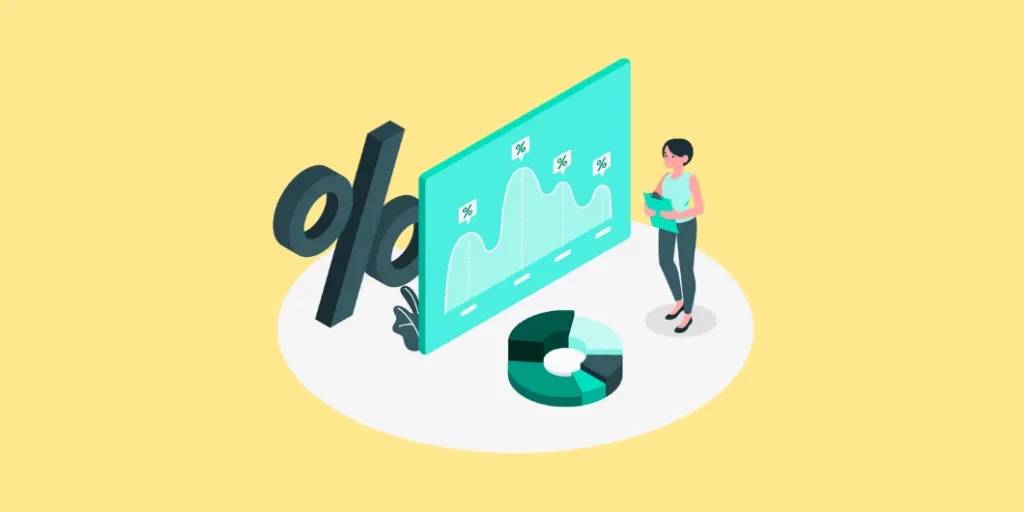
What Causes Inflation and Price Increases?
Inflation is the general rise in prices across an economy over time. As prices increase, the value of money decreases.As we have explained in our previous blog post “ here ”, a cup of coffee that cost £2 five years ago may now cost £3. Over time, this reduces purchasing power for both individuals and businesses. We have explained inflation with real life historical examples in our previous blog post, give it a read
Inflation affects every part of the economy. It shapes consumer behaviour, business planning, and government policy. Understanding the causes of inflation can help people make better decisions when prices start to rise.
Understanding Inflation and Price Increases
What Is Inflation?
It refers to the increase in the average price of goods and services. It is usually measured through indexes such as:
Consumer Price Index (CPI)
Tracks the price of goods and services that households regularly purchase, such as food, fuel, and rent.
Producer Price Index (PPI)
Measures changes in the cost of goods from the producer’s perspective, including materials, energy, and transportation.
How Inflation Affects the Economy
It has wide-reaching effects. It reduces the purchasing power of consumers, increases the cost of living, and influences wages and employment. For savers, it can erode the value of money kept in low-interest accounts. For investors, it may shift where money is placed and how portfolios are structured.
Key Causes of Inflation and Price Increases
Inflation does not come from a single source. It is usually the result of multiple pressures interacting at once. These are the major causes, supported by real examples from recent history.
Demand Pull Inflation
This type of inflation occurs when demand for goods and services rises faster than the economy can supply them.
Common Causes
- Strong consumer spending
- Economic growth
- Increased borrowing due to low-interest rates
Example: After lockdown restrictions eased in 2021, pent-up demand for travel, electronics, and cars surged. Manufacturers struggled to keep up, especially with chip shortages in the auto industry. Prices rose sharply as demand far outpaced supply.
Cost Push Inflation
This happens when the cost of producing goods rises, and businesses pass those costs onto consumers.
Common Causes
- Higher wages
- Increases in raw material prices
- Global supply chain disruptions
Example: In 2022, global oil prices climbed due to the Russia-Ukraine conflict. This raised fuel and transportation costs. Supermarkets and delivery services raised prices in response. At the same time, supply issues from Asia led to shortages in consumer electronics and household items.
Monetary Policy and Money Supply
When too much money enters circulation, the value of each unit falls. This pushes prices upward across the economy.
Common Causes
- Central banks increasing the money supply
- Prolonged low-interest rates
- Government spending boosts
Example: In the early 2020s, governments introduced large stimulus packages to support economies through the pandemic. Central banks kept interest rates near zero. This increased consumer spending and investment. Combined with supply chain delays, it contributed to inflation spikes in many countries.
Historical Example: In the 1970s, the US experienced high inflation partly due to excessive money supply growth and oil shocks. The Federal Reserve later raised interest rates aggressively to control inflation, triggering a recession but restoring price stability.
Global Factors Affecting Inflation
Inflation can also be imported from outside the country. The global nature of supply chains and energy markets means international issues often affect local prices.
Key Influences
- Currency exchange rates
- Trade conflicts
- Commodity price changes
Example: A weaker British pound makes imported goods more expensive. In 2016, after the Brexit vote, the pound fell sharply. As a result, prices for imported food, electronics, and fuel increased.
Example: During the US-China trade tensions in 2018, tariffs on steel, electronics, and agricultural products led to higher prices in both countries. The cost of doing business rose, especially in sectors that relied on global supply chains.
Built In Inflation
This is sometimes called the wage price spiral. When workers expect inflation, they ask for higher wages. Businesses raise prices to cover these costs, which leads to further inflation.
Example: In the late 1970s, UK workers routinely demanded wage increases to keep pace with rising living costs. Businesses responded with price increases. This cycle repeated until the government and Bank of England tightened monetary policy.
Short Term vs Long Term Inflation Causes
Short Term Causes
These are temporary disruptions that cause prices to rise for a limited time.
Examples
- Natural disasters damaging crops
- Port congestion delaying goods
- Holiday season demand spikes
- Government stimulus programmes boosting short-term spending
Example: In 2021, a flood in British Columbia disrupted major Canadian rail lines and highways. This caused shortages in groceries across parts of Canada and the US, pushing up prices temporarily.
Long Term Causes
These are structural trends that shape inflation over many years.
Examples
- Automation reducing low-wage job availability
- Ageing populations shrinking the workforce
- High national debt levels requiring more government borrowing
Example: Japan has faced low inflation and low growth for decades. An ageing population and high public debt have limited domestic demand and constrained wage growth. These long-term factors have created persistent deflationary pressure, though inflation has returned more recently due to global energy costs.
Inflation is rarely caused by a single factor. It is usually the result of rising demand, production cost increases, monetary policy decisions, and international market pressures all working together.
Governments and central banks watch inflation closely. They use tools like interest rate changes and fiscal adjustments to prevent inflation from rising too quickly or falling too low. For consumers, understanding what drives inflation helps with budgeting, saving, and investing. For businesses, it guides pricing, planning, and payroll decisions.
Keeping track of inflation’s root causes allows individuals and organisations to respond with greater confidence, especially when prices start moving in ways that impact everyday life.